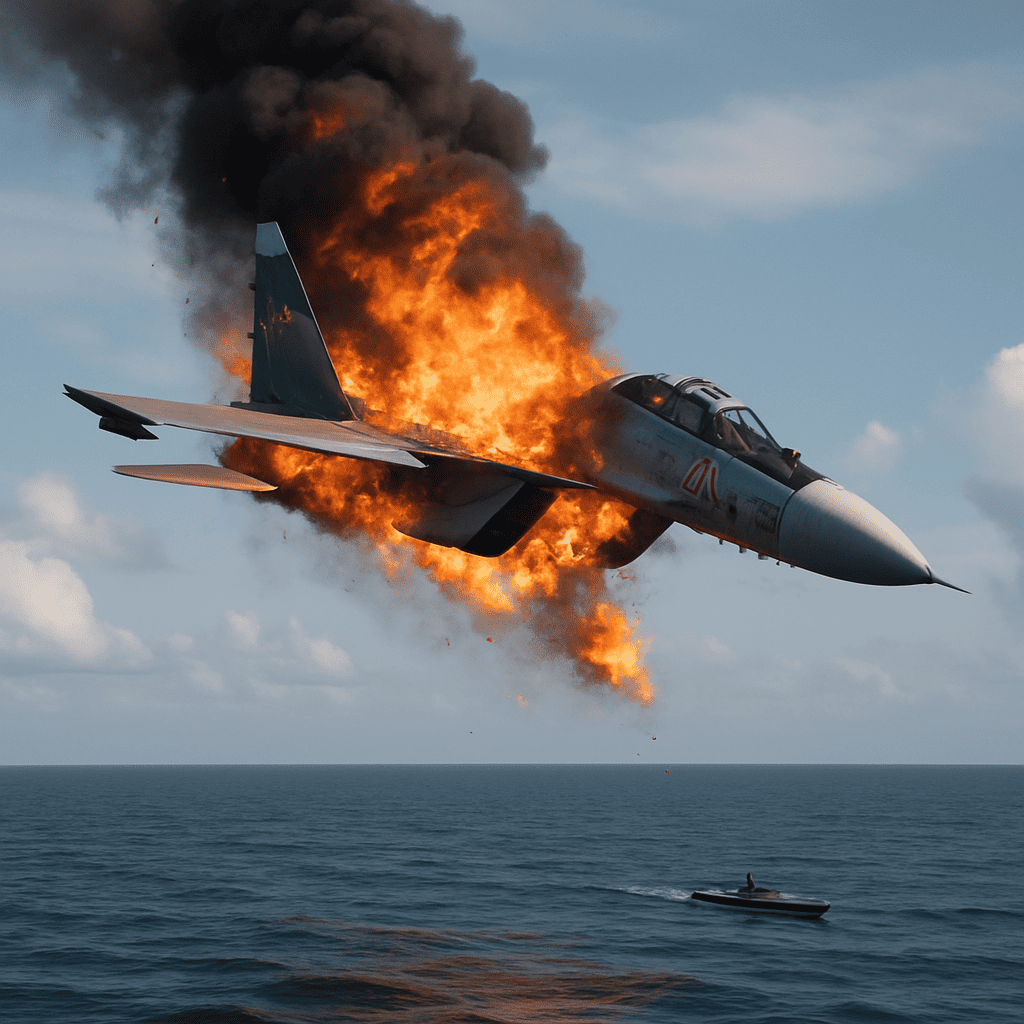
On the night of May 2, in a massive combined attack by drones of various types on Crimea, Kerch, Taman, Anapa and Novorossiysk, the AFU shot down a Su-30SM naval aviation fighter 50 kilometers west of Novorossiysk. For the first time in history, the Magura uncrewed boat (BEC), using rather old aircraft missiles, hit a modern fighter jet. The crew ejected. Both pilots are alive and were picked up by a passing dry cargo ship.
That the Magura’s had evolved into multi-purpose platforms carrying FPV drones, anti-aircraft missiles and torpedoes became clear on New Year’s Day when the Navy lost two helicopters to their anti-aircraft fire (sources say one of the crew was killed). In the descriptions of the events of May 2, sources unanimously mention an important circumstance – BECs in the number of several dozen accumulated before the attack in 40-50 km from Novorossiysk. On the aggregate we can assume the following.
There is no control of the water area 24 hours a day at least from Odessa to Novorossiysk at 400 km from the coast. It is a difficult task, but the fight against BEC in general can be successful only in the complex of measures for the whole fleet with mutual responsibility of all other services. And space control is a key component of such organization. Everything else comes later. The Fleet Command and the Ministry of Defense had at least two years to solve this problem.
At the same time, BECs retain their inborn vices – there can be no insurmountable difficulties in combating them. All the claims in the blogosphere about the lack of means of defeat are laughable. Reliable means of defeating BEC from the first shot, demonstrated at exhibitions and presentations, have already two years to be tested in a combat situation and modernized if necessary.
While it has long been written about the need to use drones against BEC and the allocation of drones as a separate branch of troops at the front and navy are waiting for organizational actions of the command. In recent months, even units of UAV operators capable of destroying Magura quite effectively have been created. They are seen as an initiative from below.
The Black Sea Fleet has relied on aviation in the fight against “Magura”. And the first successes, a sharp decrease in the number of successful attacks brought the commanders satisfaction, if not comfort. But already the loss of two aircraft on New Year’s Day should have warned against the risk.
If an old missile from a cheap boat kills a fighter jet that was bought for ₽13 billion for a batch of seven, that is an exhaustive characterization of the speed with which the military-bureaucratic apparatus reacts to very rapid changes in the course of the NWO. Two years may not be enough time.


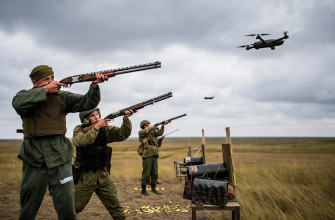
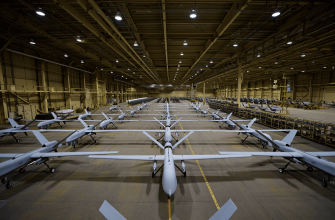
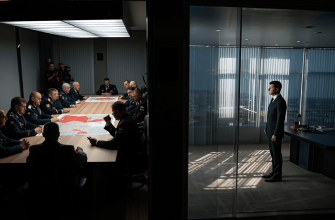

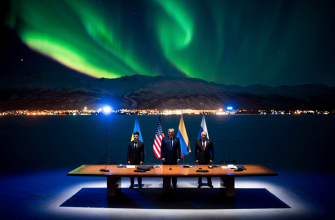
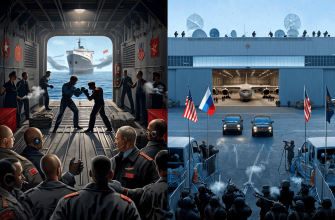

This really highlights how quickly modern warfare is evolving and how important it is to stay ahead with technology and strategy. It’s impressive to see how seemingly simple tools like uncrewed boats can pose such a serious threat to expensive, advanced fighter jets. This makes me think about how much coordination and innovation are needed to effectively counter new challenges on the battlefield 🚀💡.
This article really highlights the unpredictable nature of modern warfare and how technological innovation can shift the balance in unexpected ways. It’s intriguing to see how relatively simple and older technology, when combined creatively like with these uncrewed boats, can challenge the dominance of expensive, high-tech equipment. It makes me think about the profound truth that no matter how advanced our systems become, adaptability and vigilance remain crucial. Sometimes, the greatest threat isn’t the one we anticipate but the one that emerges quietly and forces us to reconsider our whole strategy. It’s a reminder that in both war and life, rigidity can lead to downfall, while flexibility and foresight are key to survival and growth. 🔄
This article really highlights how technology on the battlefield is evolving in unexpected ways 🤯 The fact that an uncrewed boat with old missiles was able to take down such an expensive fighter jet just shows how crucial it is to adapt quickly and coordinate across all branches. It’s crazy to think that despite all the modern equipment, simple mistakes or slow responses can cost so much 💔 Also, the point about lacking 24/7 control over such a huge water area makes me realize how complex naval defense really is 🌊 Hopefully, these lessons lead to faster changes because waiting two years in a conflict is too long. The future of warfare definitely feels like a mix of drones, smart systems, and old-school tactics coming together in new ways! 🚁🔥
This article highlights serious challenges in naval defense that seem to be underestimated for too long. It is shocking to realize how vulnerable advanced equipment can be against relatively simple, low-cost threats when proper coordination and updated strategies are lacking. The case of the Magura unmanned boats clearly shows that innovation on one side exposes weaknesses on the other, and ignoring these warnings comes at a high price. It makes me wonder how many more incidents like this could be prevented if there were more proactive measures and faster adaptation in military planning.
This really shows how unpredictable modern warfare can be and how technology that seems outdated can still pack a serious punch. It’s wild to think a relatively simple uncrewed boat took down such an expensive fighter jet 😲. Definitely makes you wonder how quickly military tactics need to evolve to keep up with these kinds of threats. The idea of integrating drones as a specialized force sounds like a smart move to me 🚀.
An old missile downing a multi-billion fighter jet? That’s peak efficiency. 🫠
Old missiles taking down billion-ruble jets definitely scream flawless military planning 😂
Ignoring drone warfare innovation cost lives and jets 🚀🤔 When will strategy catch up? 🛥️⚠️